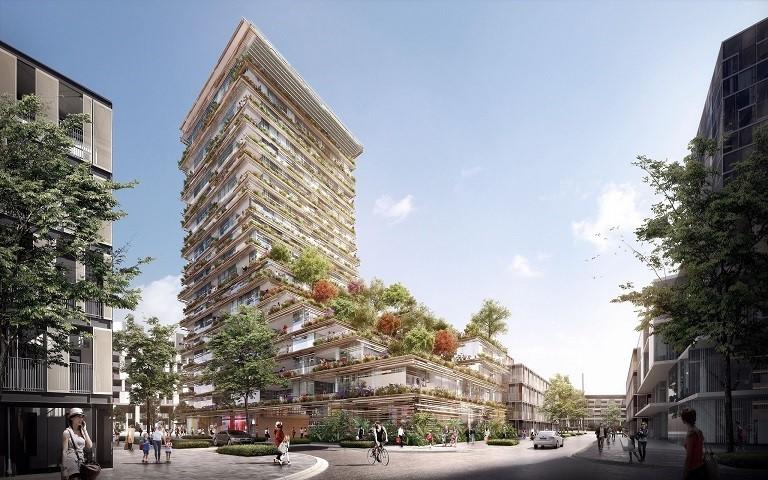China's top banks are lending more to homebuyers and developers at any time, making them vulnerable to a property market downturn as prices overheat and real-estate firms struggle with a growing debt burden, as reported in The Borneo Post.
China's top five banks had mortgages and loans to the sector of 12.4 trillion yuan (US$1.9 trillion) at end-2015, up 11 per cent over the year, and representing 28 per cent of total loans, a Reuters analysis of their balance sheets shows.
That is the biggest exposure in their books, especially in the manufacturing or transportation areas. It exceeds 40 per cent, an increase from about 26 per cent seven years ago, if all loans secured on property are included.
And as banks including Industrial and Commercial Bank of China and Bank of China increase their exposure, property prices in China's big cities have soared, forming what some fear is a bubble waiting to burst.
"There are two concerns - the reliance on property collateral to secure loans has increased, and property prices have also increased to a level that some may argue is over-heated" said Jack Yuan, associate director for financial institutions at Fitch Ratings.
"If there is a very sharp fall in prices, then the consequences could be quite serious" he said, adding that the authorities do have tools to try and avoid such a tumble.
Many developers are already saddled with debt from China's most recent real-estate bubble - an eight-year frenzy that left many with unsold and uncompleted projects when prices turned lower in late 2013.
As China's economy stutters to its weakest growth in a quarter of a century, and the property market remains subdued outside the larger cities, the build-up in debt is continuing.
Developer Yang Guang Co Ltd is among those taking on more.
It said last week it would borrow an extra 300 million yuan on top of its existing 6.1 billion yuan liabilities, though its revenues halved in 2015.
On current cashflow it would take 17 years to clear its debts. The company did not respond to a request for comment.
Standard and Poor's in March flagged the risks to Chinese developers' credit ratings, as many were ploughing more capital into land and construction, increasing leverage despite falling profitability.
Those buying expensive land in tier-1 and tier-2 cities could be particularly at risk if prices dropped, it said.
There are also growing risks to banks from homebuyers.
A study by Natixis showed buyers took out 1 trillion yuan in new mortgages in the first quarter this year on home sales of 1.6 trillion yuan, implying a loan-to-value (LTV) ratio of 62 per cent.
That remains a comfortable cushion for lenders, but the direction of travel is remarkable, jumping from 28 per cent the previous quarter.
In April average home prices in tier-1 Chinese cities rose at their fastest in four years, fuelled by six interest rate cuts since 2014 and easier downpayments.
Shenzhen and Shanghai were the hottest spots, with prices up 62.4 per cent and 28 per cent over the year, according to government data.
"It's a parabolic surge before the burst. It doesn't reflect the real economy" said Roshan Padmadan, an equities fund manager with Singapore-based Luminance Global Fund.
_PH_Banner_(Desktop)(1200x180px).png)
.jpg)
.jpeg)







.jpeg)
.jpg)
